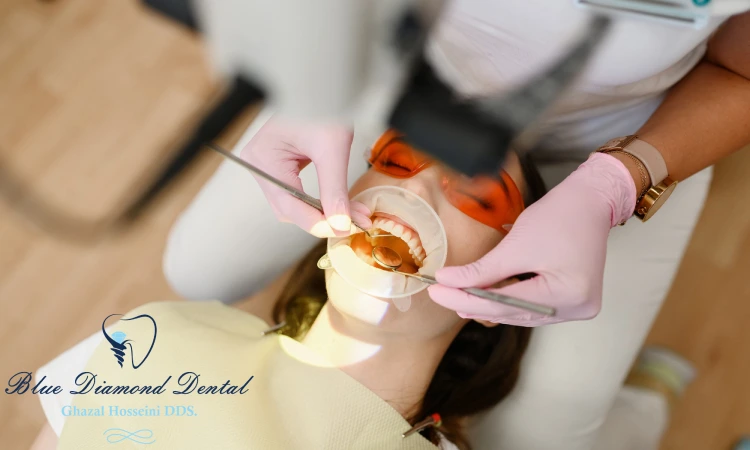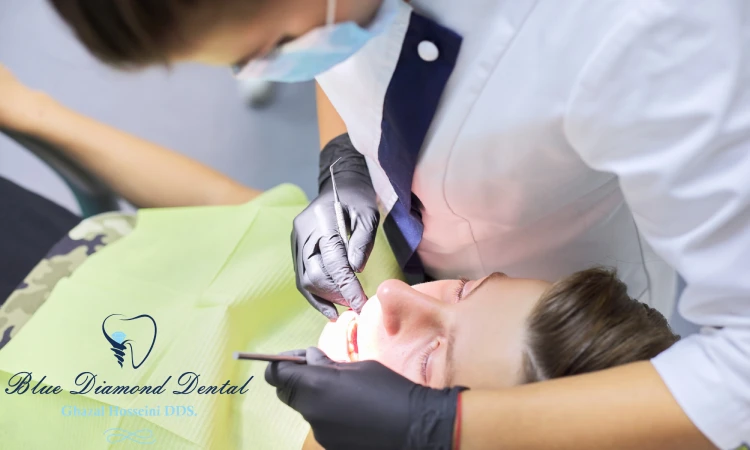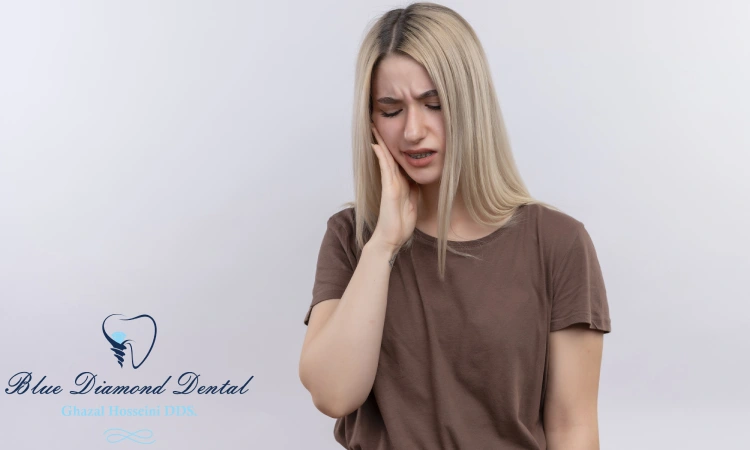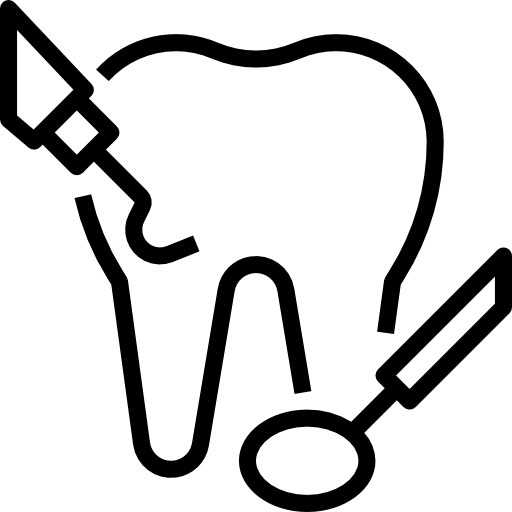
Recurrent decay (around a restoration)
Recurrent decay
Recurrent decay is a dental problem that occurs when tooth decay develops under or around an existing dental restoration, such as a filling or a crown. It can cause pain, sensitivity, infection, and damage to the tooth and the restoration. In this article, we will explain the causes, symptoms, diagnosis, treatment, and prevention of recurrent decay.

Causes of Recurrent Decay
Recurrent decay can be caused by various factors, such as:
- Leakage: This happens when the seal between the tooth and the restoration breaks down, creating gaps that allow bacteria and food particles to enter. Leakage can be caused by wear and tear, cracks, chips, or improper fit of the restoration.
- Poor oral hygiene: This happens when plaque and tartar accumulate on the tooth and the restoration, producing acids that erode the enamel and the restoration. Poor oral hygiene can be caused by inadequate brushing, flossing, rinsing, or visiting the dentist.
- Diet: This happens when sugary or acidic foods and drinks are consumed frequently, creating an acidic environment in the mouth that weakens the enamel and the restoration. Diet can also affect the saliva production, which helps neutralize the acids and wash away the bacteria and food particles.
- Habits: This happens when habits such as smoking, grinding, clenching, or biting on hard or non-food items damage the tooth and the restoration, creating cracks or chips that expose the underlying dentin or pulp.
Symptoms of Recurrent Decay
Recurrent decay may not cause any noticeable symptoms at first, as it develops slowly and silently under or around the restoration. However, as the decay progresses, it may cause some signs and symptoms, such as:

- Discoloration or staining of the restoration or the tooth
- Sensitivity or pain when eating or drinking hot, cold, sweet, or sour foods or drinks
- Bad breath or bad taste in the mouth
- Swelling or redness of the gums around the tooth
- Loose or broken restoration
- Abscess or pus formation around the tooth
Diagnosis of Recurrent Decay
Recurrent decay can be diagnosed by a dentist using various methods, such as:
- Visual examination: The dentist will inspect the tooth and the restoration for any signs of discoloration, cracks, chips, or gaps. They may also use a dental probe or an explorer to detect any soft or sticky areas on the tooth or the restoration.
- X-ray examination: The dentist will take x-rays of the tooth and the restoration to see the extent and location of the decay under or around the restoration. X-rays can also reveal any damage to the pulp or the bone around the tooth.
- Laser examination: The dentist will use a laser device to measure the fluorescence of the tooth and the restoration. A higher fluorescence indicates a higher level of decay, as the bacteria produce more byproducts that reflect the laser light.
Treatment of Recurrent Decay
Recurrent decay can be treated by a dentist using various methods, depending on the severity and complexity of the case, such as:

- Filling replacement: This is done when the decay is small and confined to the area around the restoration. The dentist will remove the old filling and the decayed tooth structure, and place a new filling that seals the tooth and the restoration.
- Crown replacement: This is done when the decay is large and extends to the area under the restoration. The dentist will remove the old crown and the decayed tooth structure, and place a new crown that covers the entire tooth and the restoration.
- Root canal therapy: This is done when the decay reaches the pulp or the nerve of the tooth, causing infection and inflammation. The dentist will remove the old restoration and the decayed tooth structure, and clean and disinfect the pulp chamber and the root canals. They will then fill and seal the pulp chamber and the root canals, and place a new restoration over the tooth.
- Extraction and implant: This is done when the decay is so extensive that the tooth cannot be saved or restored. The dentist will remove the old restoration and the decayed tooth, and place a dental implant that replaces the root and the crown of the tooth.
Prevention of Recurrent Decay
Recurrent decay can be prevented by following some tips, such as:
- Maintain good oral hygiene: Brush your teeth twice a day with a fluoride toothpaste, floss your teeth once a day, rinse your mouth with water or a fluoride mouthwash after every meal or snack, and visit your dentist regularly for check-ups and cleanings.
- Avoid leakage: Choose a dentist who uses high-quality materials and techniques for your dental restorations, and follow their instructions on how to care for your restorations. If you notice any signs of leakage, such as discoloration, sensitivity, or pain, contact your dentist as soon as possible.
- Limit your intake of sugary or acidic foods and drinks: Eat a balanced and nutritious diet that includes fruits, vegetables, dairy products, and lean proteins, and drink plenty of water. Avoid or reduce your consumption of candies, chocolates, sodas, juices, sports drinks, coffee, tea, wine, or alcohol, and rinse your mouth with water after having them.
- Break bad habits: Quit smoking, as it can stain your teeth and restorations, and increase the risk of gum disease and oral cancer. Wear a night guard or seek treatment for bruxism, as it can damage your teeth and restorations, and cause headaches, jaw pain, or TMJ disorders. Avoid biting or chewing on hard or non-food items, such as pens, pencils, nails, or bottle caps, as they can crack or chip your teeth and restorations, and affect your bite and your jaw alignment.
Summary
Recurrent decay is a dental problem that occurs when tooth decay develops under or around an existing dental restoration, such as a filling or a crown. It can cause pain, sensitivity, infection, and damage to the tooth and the restoration. Recurrent decay can be caused by various factors, such as leakage, poor oral hygiene, diet, or habits. Recurrent decay may not cause any noticeable symptoms at first, but as it progresses, it may cause discoloration, pain, swelling, or abscess.
Recurrent decay can be diagnosed by a dentist using visual, x-ray, or laser examination. Recurrent decay can be treated by a dentist using filling replacement, crown replacement, root canal therapy, or extraction and implant, depending on the severity and complexity of the case. Recurrent decay can be prevented by maintaining good oral hygiene, avoiding leakage, limiting sugary or acidic foods and drinks, and breaking bad habits.






